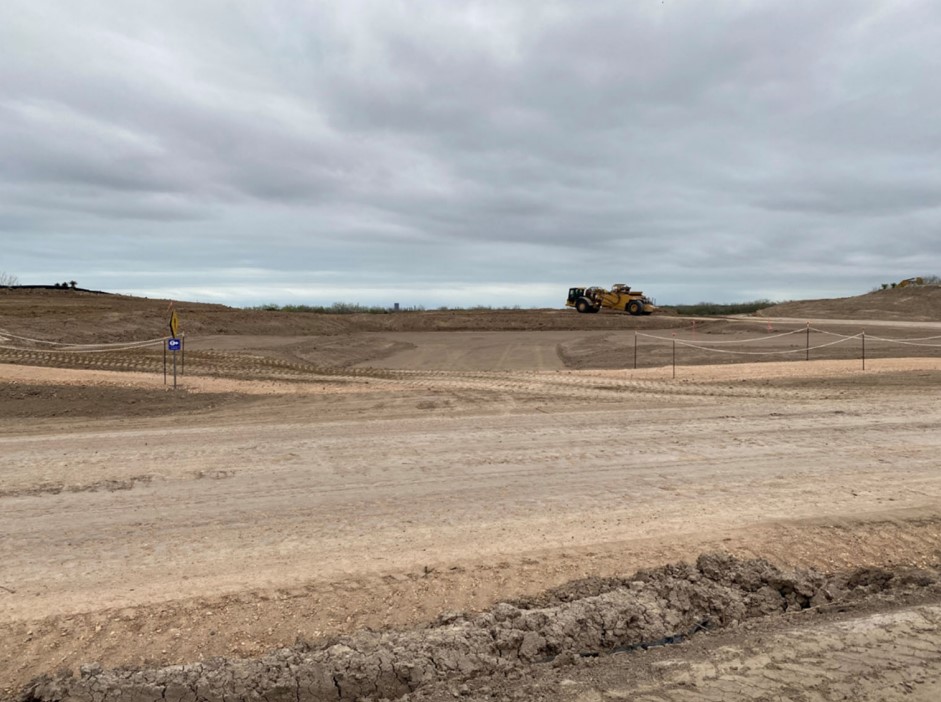The US Federal Energy Regulatory Commission (FERC) has reaffirmed its approval for NextDecade’s proposed Rio Grande LNG export terminal in Texas.
Three of FERC’s commissioners voted on April 20 during a meeting to approve the project and the Rio Bravo pipeline, with one commissioner dissenting, according to a filling.
The decision came 20 months after the US Court of Appeals for the District of Columbia Circuit remanded FERCs original project authorizations from 2019.
“We continue to find that the projects, as conditioned in the authorization order and as modified herein, are environmentally acceptable actions. We continue to support our previous findings of the benefits of these projects,” the filling said.
Furthermore, “we find that the Rio Grande LNG terminal is not inconsistent with the public interest and that the Rio Bravo Pipeline Project, as amended, is required by the public convenience and necessity, as conditioned in the authorization order and as modified herein,” it said.
FID in Q2?
NextDecade sent a letter to the FERC on February 6 over delays in reviewing information in order to eliminate any regulatory uncertainty surrounding the Rio Grande LNG project.
It is expecting to take a final investment decision on the first three trains before the end of the second quarter.
The company has two lump-sum turnkey EPC contracts with Bechtel for the LNG export project for the first three trains. The full project would include five trains with a capacity of 27 mtpa.
The first deal is for two LNG trains with a capacity of some 11.74 mtpa, two 180,000-cbm tanks, and one marine loading berth, while the second deal is for one LNG train with a capacity of 5.87 mtpa.
Prior to FID, NextDecade issued a limited notice to proceed to Bechtel last year to begin ramping up its personnel and initiate site preparation work at the Rio Grande LNG site.
Early works on the site include deep soil mixing, land clearing at test pile locations, onsite surveys, etc.
NextDecade has executed eight long-term sale and purchase agreements for a total of nearly 11 mtpa of US LNG, with substantial volumes dedicated for Europe, it previously said.
Texas LNG and Driftwood pipeline
Besides Rio Grande LNG, FERC also approved Glenfarne’s Texas LNG project, it said in a separate filling.
Last year, the developer of the 4 mtpa plant appointed a joint venture of Technip Energies USA and Samsung Engineering to lead the delivery of the facility.
Texas LNG said at the time it expected to achieve a final investment decision in 2022 and start commercial operations in 2026.
The firm did not provide any updates lately.
In addition to Rio Grande LNG and Texas LNG, the FERC also approved Driftwood Pipeline’s Line 200 and 300 projects in Louisiana.
The pipelines would deliver up to 5.7 million Dth/d to Tellurian’s Driftwood LNG project in Louisiana.
Tellurian’s co-founder and executive chairman, Charif Souki, recently said he is “highly confident” that the company will secure $7 billion from banks to finance the first phase of its Driftwood LNG export project.
Under the first phase, Tellurian aims to build two LNG plants near Lake Charles with an export capacity of up to 11 mtpa and expects the costs to reach up to $13.6 billion.
While Tellurian is working on financing of the project, US engineer and construction giant Bechtel is moving forward with the initial site works under a limited notice to proceed issued in March last year.

